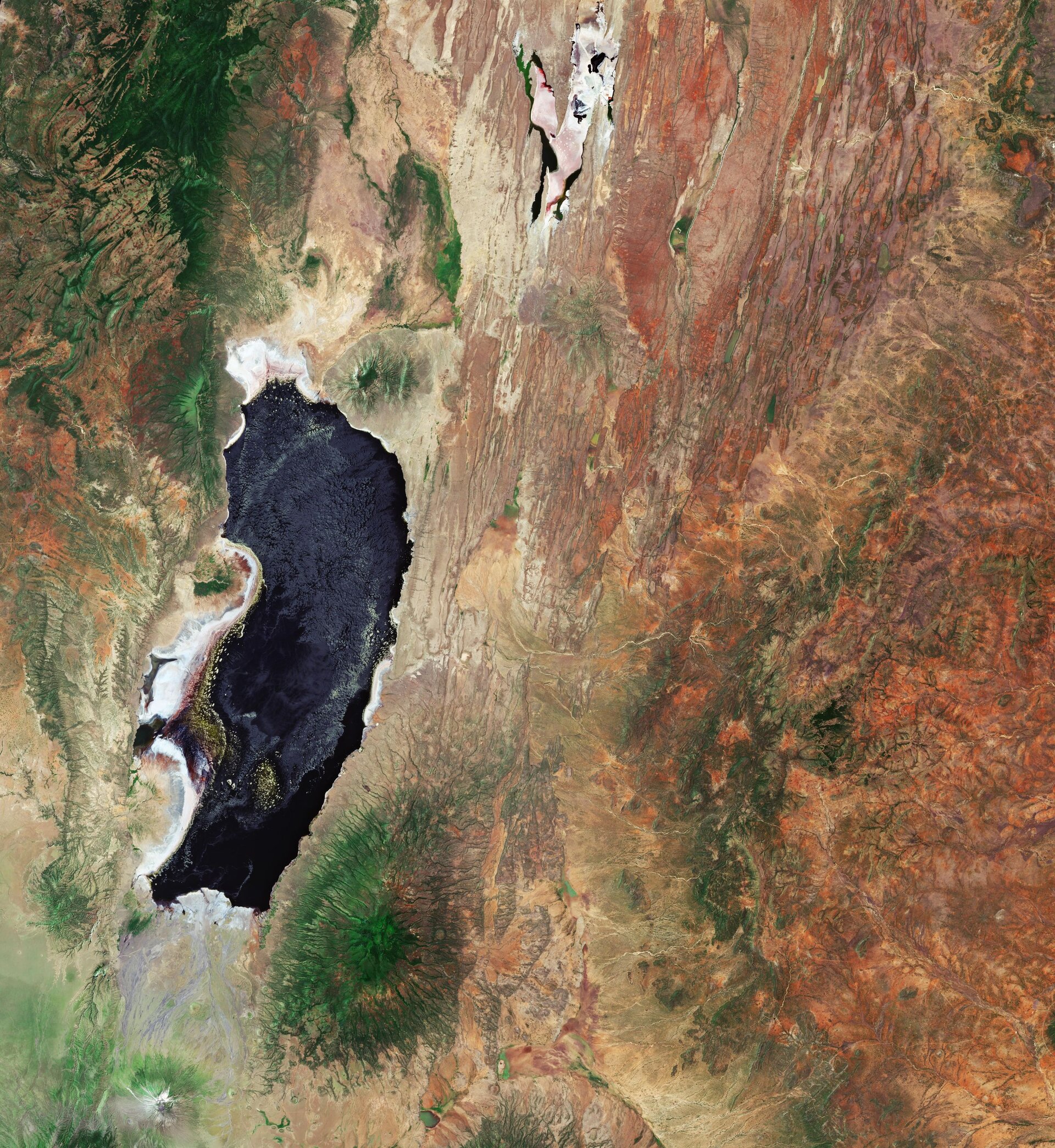


Local groups representing 18,000 Engaruka residents convene a press conference in Arusha condemning the Government plans for soda ash development.Īn eight month Government study looking at how flamingos use Lake Natron concludes that soda ash mining would almost certainly wipe out the Lesser Flamingo population. The United Nations World Tourism Organisation (UNWTO) shortlists Lake Natron for an initial tourism assessment study as part of its global Destination Flyways project and visits Lake Natron. The Government of Tanzania announced that they were withdrawing from plans to build the soda ash plant at Lake Natron, but would promote an alternative site at Engaruka, some 30 miles (50 km) south of Lake Natron.īirdLife Africa Partnership Secretariat awarded a Darwin grant over 3 years for the project "Developing a Community Based Ecotourism Model at Lake Natron, Tanzania" The lesser flamingo is classified as Near Threatened on the IUCN Red List since 2004. Lake Natron is a wetland of international importance designated under the Ramsar Convention. Visits to the area are likely to increase if the soda ash proposal is rejected. The tourist industry around Lake Natron alone is worth US$500,000 per annum excluding associated spending. The bird spectacle attracts tourists to the national parks of Tanzania, Kenya and Ethiopia. Non-breeding birds do not return to breeding sites until they are ready to breed again. It grows only in salty lakes like Lake Natron which is known as a soda lake because of its high concentration of sodium carbonate.įlamingos live until they are about 40 years old, but only breed every five or six years. Spirulina sometimes gives Lake Natron a pink colour. Lesser flamingos feed on Spirulina, which is commonly known as blue-green algae (although in fact it is bacteria!).

We therefore need to do all we can to protect this precious place. The number of birds at this site are staggering - there are thought to be between 2.2 million and 3.25m lesser flamingos in the world, of which between 1.5m and 2.5m are found in East Africa where Lake Natron is the only significant and regular breeding site.ĭue to habitat loss and contamination, we are already seeing a decline in the global population of lesser flamingos, so the impact on the species could be disastrous if Lake Natron were to become unsuitable for nesting: 75 per cent of the global population of this Globally Threatened Species would be at risk. This is good news for the lesser flamingos at Lake Natron. In March 2018, the Government of Tanzania announced that they were withdrawing plans to build the soda ash plant at Lake Natron, but would promote an alternative site at Engaruka, some 30 miles (50 km) south of Lake Natron. Additionally, the livelihoods of local communities would also be at risk. It takes very little disturbance to cause an entire breeding colony to abandon its nests. We believe that the development and associated infrastructure will displace and scatter the 500,000 pairs of lesser flamingos which nest at Lake Natron. But the Tanzanian Government remained committed and the National Development Corporation, a government agency, led a push to find alternative investors. Thankfully in May 2008 Tata withdrew from the project. New road and rail infrastructure would also be built to serve the soda ash plant. In 2006, the Tanzanian Government and the Indian company Tata Chemicals put forward proposals to build a large-scale industrial plant to extract soda ash from Lake Natron's water, via a network of pipes across the surface of the lake. All depend on Tanzania's Lake Natron as a breeding site.įood is plentiful, nesting sites abound – and above all, the lake is isolated and undisturbed. Three-quarters of the world population of lesser flamingos live and nest in East Africa. A huge number of lesser flamingos depend on Tanzania's Lake Natron as a breeding site, threatened by a large-scale soda ash development


 0 kommentar(er)
0 kommentar(er)
